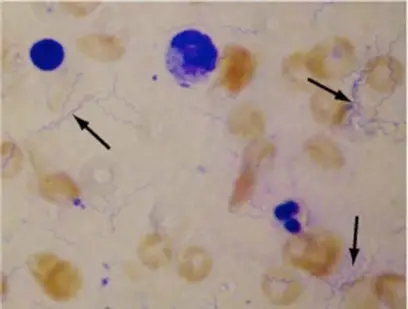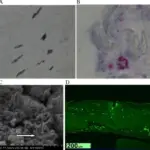Lyme Disease is the most common vector-borne disease caused by the bacterium Borrelia burgdorferi.
What is the Pathology of Lyme Disease?
The pathology of lyme disease is:
-Etiology: The cause of lyme disease is bacterium Borrelia burgdorferi and Borrelia mayonii.
-Genes involved: Not applicable.
-Pathogenesis: The sequence of events that lead to lyme disease are: the bacterium enters the skin at the site of the tick bite, after some days the organisms migrate locally in the skin around the bite, spread via the lymphatics to cause regional adenopathy or disseminate in blood to organs or other skin sites.
-Morphology: The morphology associated with lyme disease shows helical shaped spirochete bacterium. It has an inner and outer membrane as well as a flexible cell wall. Inside the bacteria’s cell membranes is the protoplasm, which, due to the spiral shape of the bacteria, is long and cylindrical.
-Histology: The histology associated with lyme disease shows superficial and deep perivascular polymorphic infiltrate of neutrophils, lymphocytes, plasma cells, eosinophils and mast cells.
How does Lyme Disease Present?
Patients with lyme disease typically are all genders of all ages. The symptoms, features, and clinical findings associated with lyme disease include a characteristic skin rash, headache, fatigue, and fever.
How is Lyme Disease Diagnosed?
Lyme disease is diagnosed by laboratory test antibody tests.
How is Lyme Disease Treated?
Lyme disease is treated by medications such as doxycycline, amoxicillin, and cefuroxime.
What is the Prognosis of Lyme Disease?
The prognosis of lyme disease is excellent when patients are treated early with appropriate antibiotic regimens.



